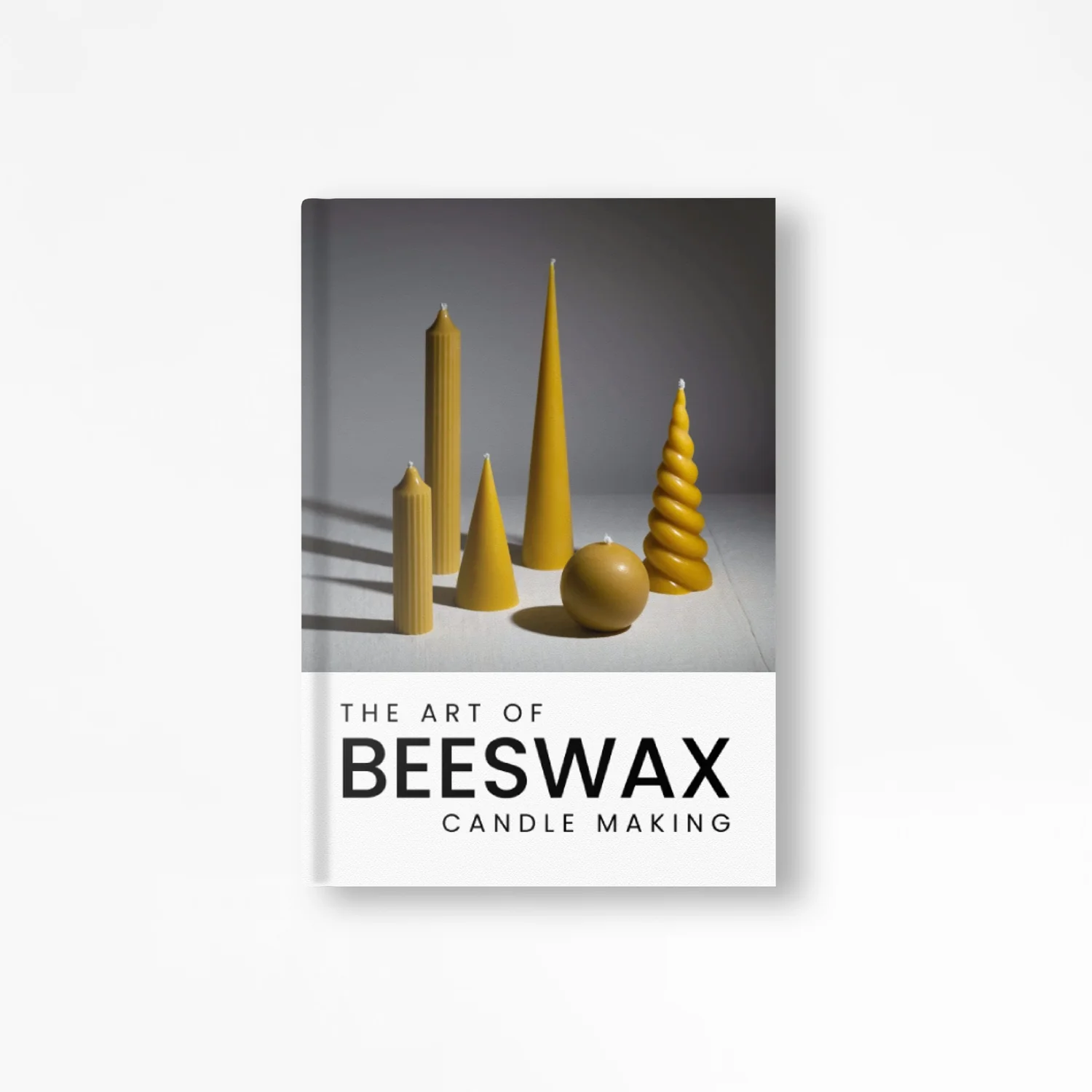Honey is a natural delight enjoyed by many, but unfortunately, the market is not immune to the presence of fake honey. In this article, we'll explore the world of fake honey, uncovering its discovery, characteristics, methods of identification, and the reasons why it poses harm to consumers and the honey industry.
Discovery of Fake Honey
The discovery of fake honey has been a concern for honey enthusiasts and experts alike. Over the years, extensive research and testing have revealed instances of adulteration and misrepresentation in the honey market. These discoveries have raised awareness about the presence of counterfeit honey.
Characteristics of Fake Honey
Fake honey exhibits various characteristics that distinguish it from pure, natural honey:
- Viscosity: Fake honey tends to have a uniform viscosity, lacking the natural variations found in pure honey.
- Taste and Aroma: Counterfeit honey often lacks the distinct floral or herbal notes found in different types of pure honey.
- Texture: Fake honey may have a smoother texture or feel artificial when compared to real honey, which may contain pollen grains or crystallize over time.
- Origin and Labeling: Counterfeit honey might have misleading or inaccurate labeling regarding its origin or the presence of additives.
Identification of Fake Honey
Identifying fake honey can be a challenge, but there are some methods and tests that can help:
- Water Test: When a drop of fake honey is added to water, it may dissolve quickly or leave a residue, while pure honey tends to settle at the bottom.
- Thumb Test: Pure honey is viscous and tends to stick to your thumb when rubbed between fingers, while fake honey may spread easily or feel watery.
- Pollen Analysis: Microscopic examination of honey can reveal the presence or absence of pollen grains, providing insights into its authenticity.
- Quality Standards: Checking for reputable quality certifications and sourcing honey from trusted producers can reduce the risk of purchasing fake honey.
Harmful Effects of Fake Honey
Fake honey poses several risks and harms to both consumers and the honey industry:
- Nutritional Deprivation: Counterfeit honey lacks the nutritional benefits and natural enzymes found in pure honey, depriving consumers of its health-enhancing properties.
- Economic Impact: The presence of fake honey disrupts the honey industry, undermining the hard work of beekeepers and impacting the livelihoods of those involved in honey production.
- Consumer Trust: The prevalence of fake honey erodes consumer trust in the honey market, making it crucial to raise awareness and promote authentic honey products.
- Environmental Impact: Counterfeit honey often originates from unethical practices, such as dilution with syrups or the use of pesticides, which can harm bees, ecosystems, and biodiversity.
In Conclusion
Fake honey poses a significant challenge in the honey industry, compromising the quality, integrity, and authenticity of this beloved natural product. By understanding the characteristics of fake honey and employing identification methods, consumers can make informed choices and support genuine honey producers. It is essential to raise awareness about the harmful effects of fake honey, promote transparency in the honey market, and prioritize the consumption of pure, natural honey. Together, we can preserve the integrity of this ancient and valuable food source.
Photo by Roma Kaiuk on Unsplash










